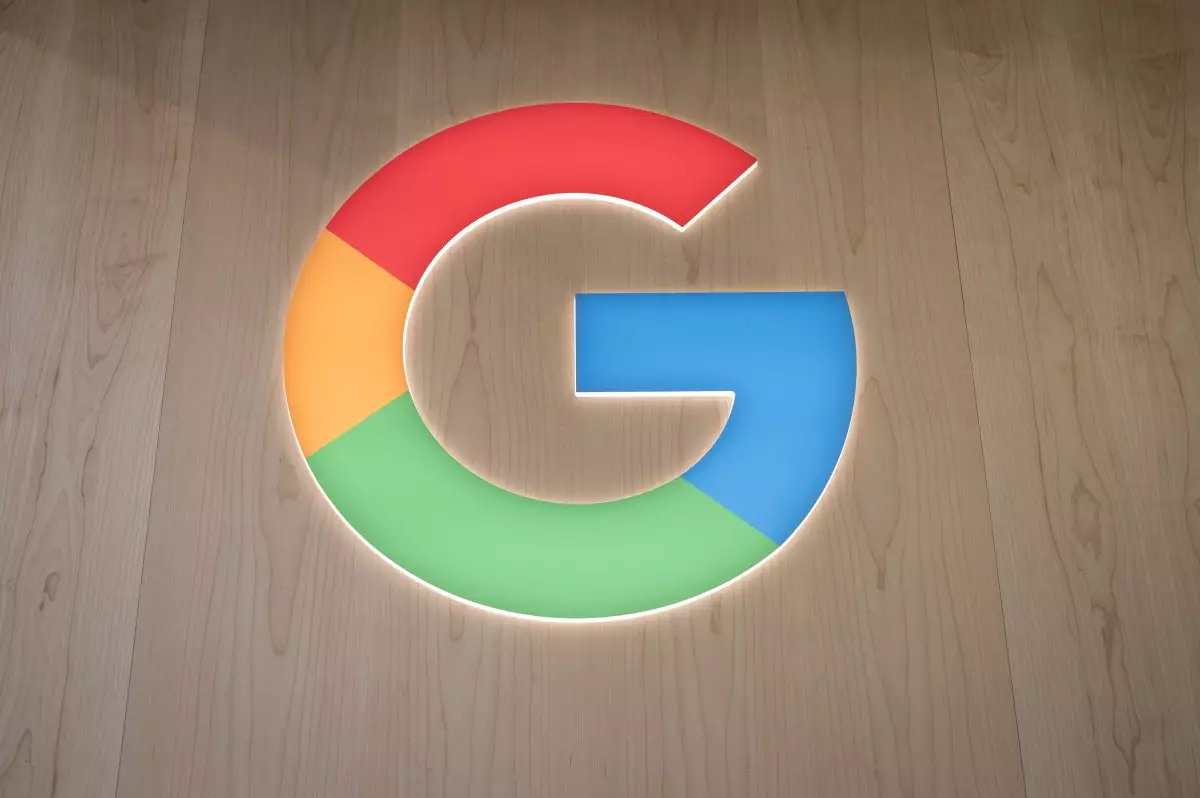In the rapidly evolving landscape of artificial intelligence, the generation of text through models has raised significant ethical and operational questions. One of the key challenges faced is identifying and differentiating between human-written and AI-generated text. In response, Google has made strides with its SynthID Text technology, which promises to watermark AI-generated text, thereby offering a mechanism for developers and businesses to recognize content created by generative models. This article delves into the workings of SynthID Text, its limitations, potential competition, and broader implications for the industry.
Understanding SynthID Text
SynthID Text functions by altering the token generation process within text-generating models. At its core, tokens are individual units—ranging from characters to whole words—that AI systems utilize to craft coherent responses based on the prompts provided. Google’s innovative approach allows for the modulation of token likelihoods, which subsequently creates a unique watermark within the text’s score patterns. This watermark originates from the adjusted probability scores assigned by the model and can facilitate the recognition of AI-generated content when compared against expected score patterns for both watermarked and unwatermarked text.
Google asserts that the introduction of this technology does not compromise the existing quality of text generation. This claim promotes confidence among users that SynthID Text can effectively highlight AI content without sacrificing accuracy or speed. Furthermore, the tool is designed to work even with modified text, raising its utility in various applications.
While the advantages of SynthID Text are apparent, it is not without its limitations. Google acknowledges that the watermarking approach struggles with short texts, translations, or rewritten content. For example, tasks such as providing factual answers—where expected responses are limited—present fewer opportunities for adjustment without risking the integrity of the information. Such challenges could hinder the efficacy of SynthID Text, particularly in scenarios where precise factuality is paramount, highlighting the need for improved methodologies or complementary solutions.
Moreover, the landscape of AI-generated content is increasingly complex, and as AI tools proliferate, determining the origin of various forms of text will require robust alternatives and adaptations to watermarking technology. As this technology evolves, the industry must grapple with how to address these gaps without sacrificing the foundational purpose of watermarking.
Google’s effort is not isolated, as key players like OpenAI have also been exploring text watermarking methods for years. However, the delay in their implementation stems from various technical and commercial challenges. The question of which watermarking standard will prevail remains open, especially as the field advances and new methodologies are introduced. SynthID Text may indeed be a catalyst for wider acceptance of watermarking technology in AI-generated text.
Furthermore, as skepticism around AI-generated content rises, the need for reliable watermarking solutions becomes more pressing. AI detectors, while popular, often produce inaccurate outcomes, leading to false positives in identifying essays as AI-generated. A well-accepted watermarking standard could mitigate these issues, providing clarity and transparency in an increasingly murky digital landscape.
Upcoming legal frameworks in jurisdictions like China and California, which mandate watermarking of AI content, suggest an impending wave of regulatory interventions that may shape the adoption of technologies like SynthID Text. As the global community seeks to hold AI developers accountable, these legal mechanisms could create a standardized expectation for watermarking in AI content creation, pushing developers to adopt similar solutions across the board.
The urgency of addressing these challenges is underscored by studies indicating that a significant fraction of content online may now be AI-generated. The implications of this shift are far-reaching, ranging from impacting intellectual property rights to the fundamental ways in which society consumes and interacts with written content.
As Google unveils SynthID Text, the move represents an important moment in the development of AI text generation and content integrity. While the technology shows promise in watermarking AI-generated text, its limitations prompt a broader conversation on the future of AI, its ethical implications, and the necessity for robust legal frameworks. Ultimately, as industries adapt to these new standards, the efficacy and reach of watermarking solutions will significantly influence the dynamics of content generation, trust, and accountability in an increasingly AI-driven world.

